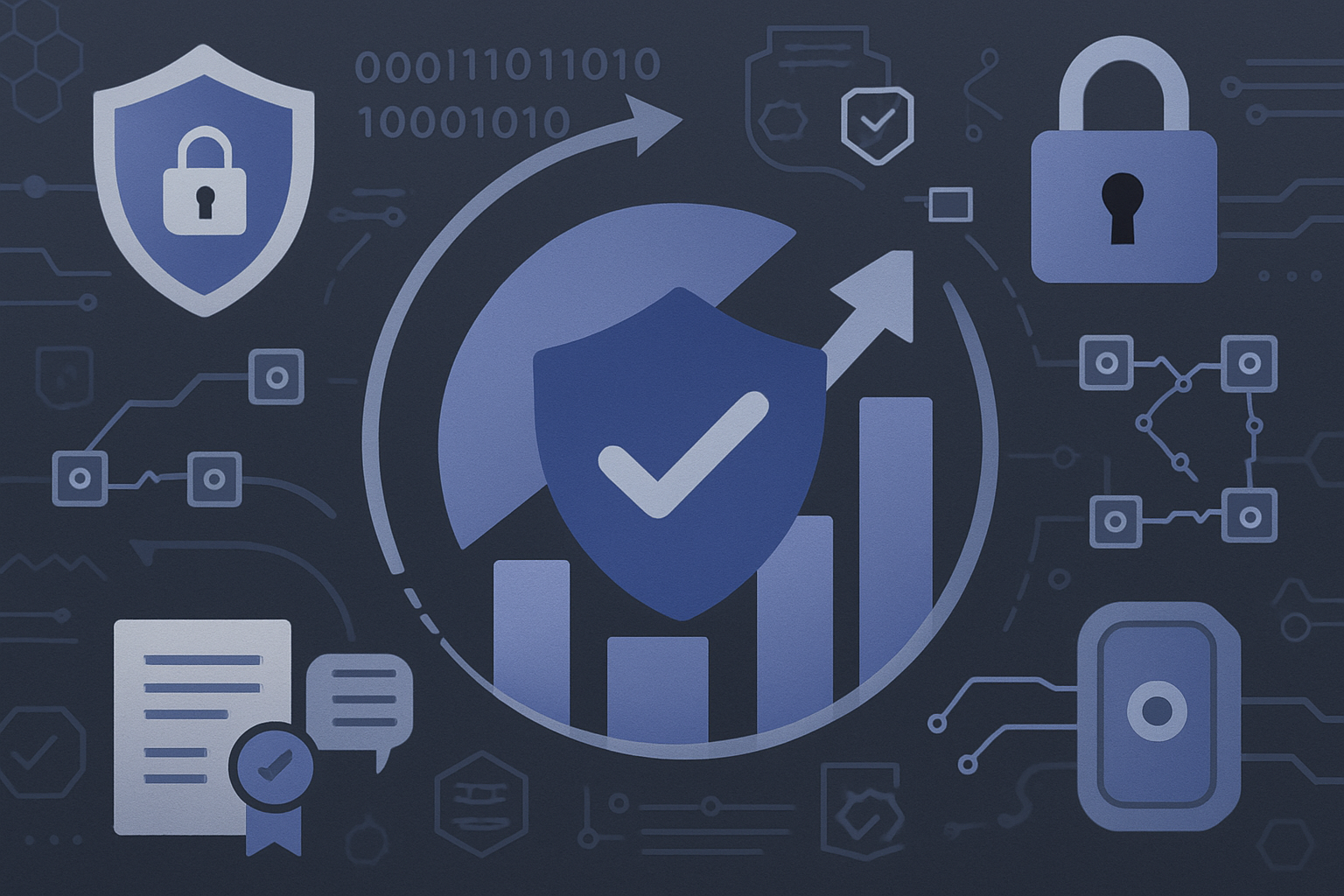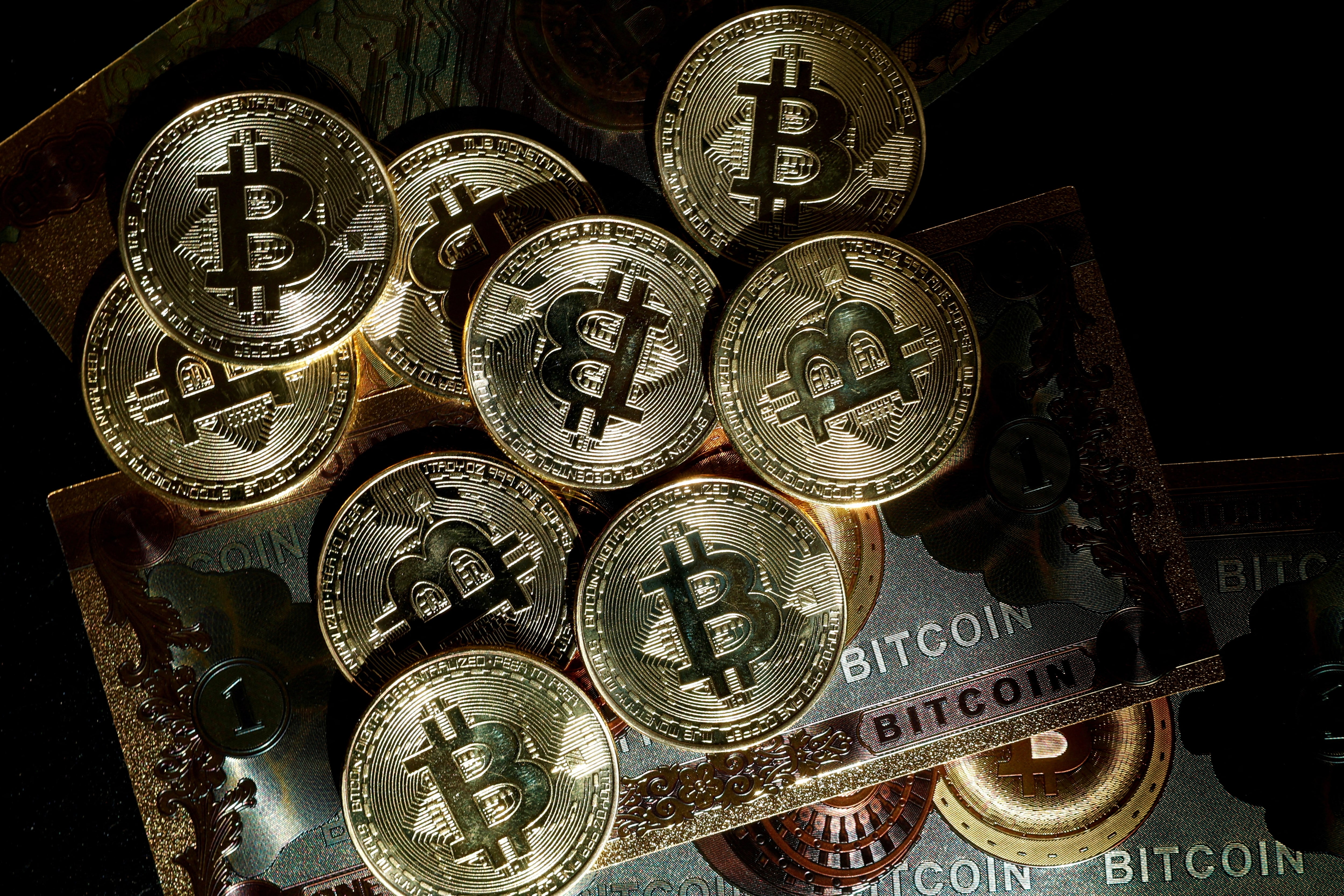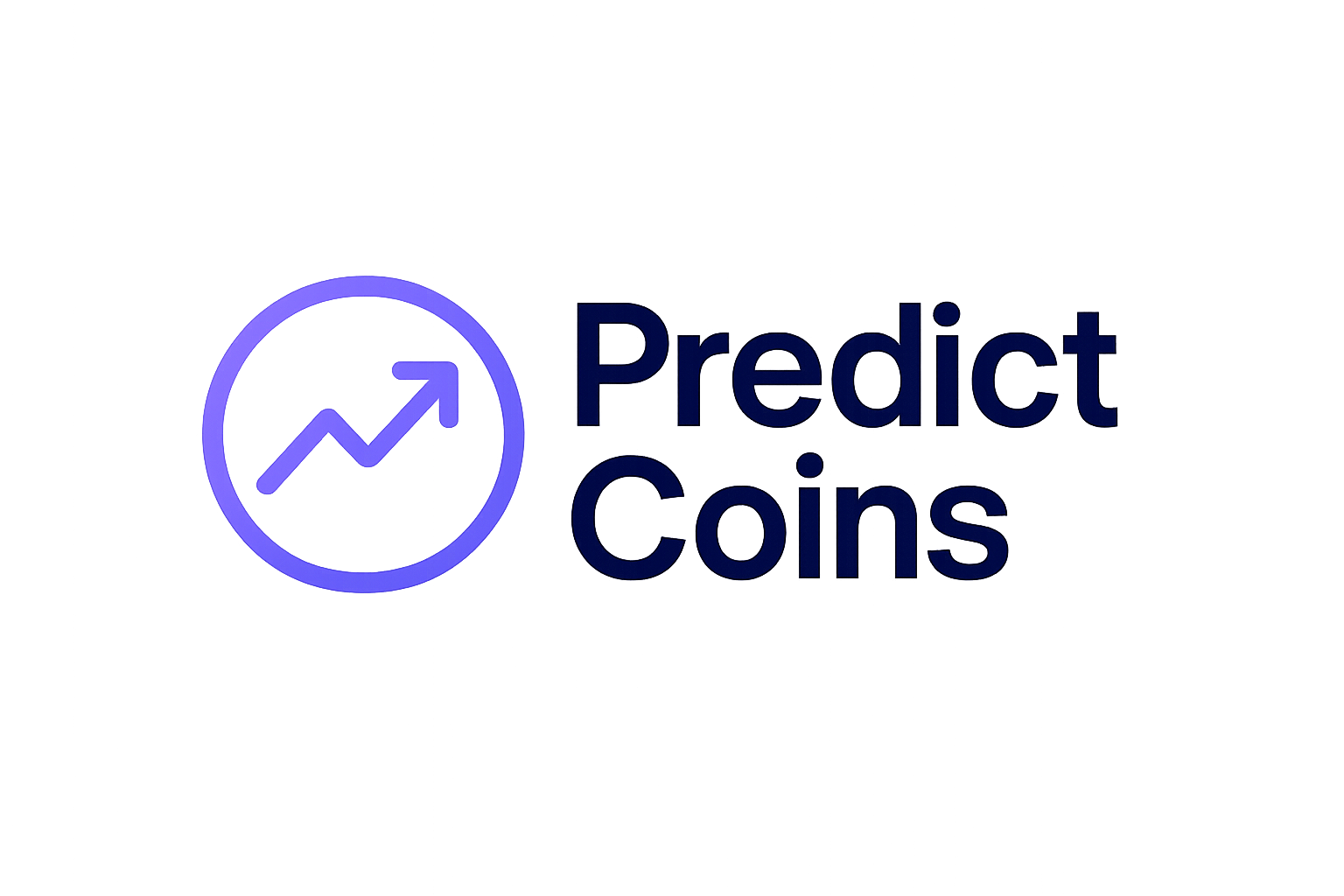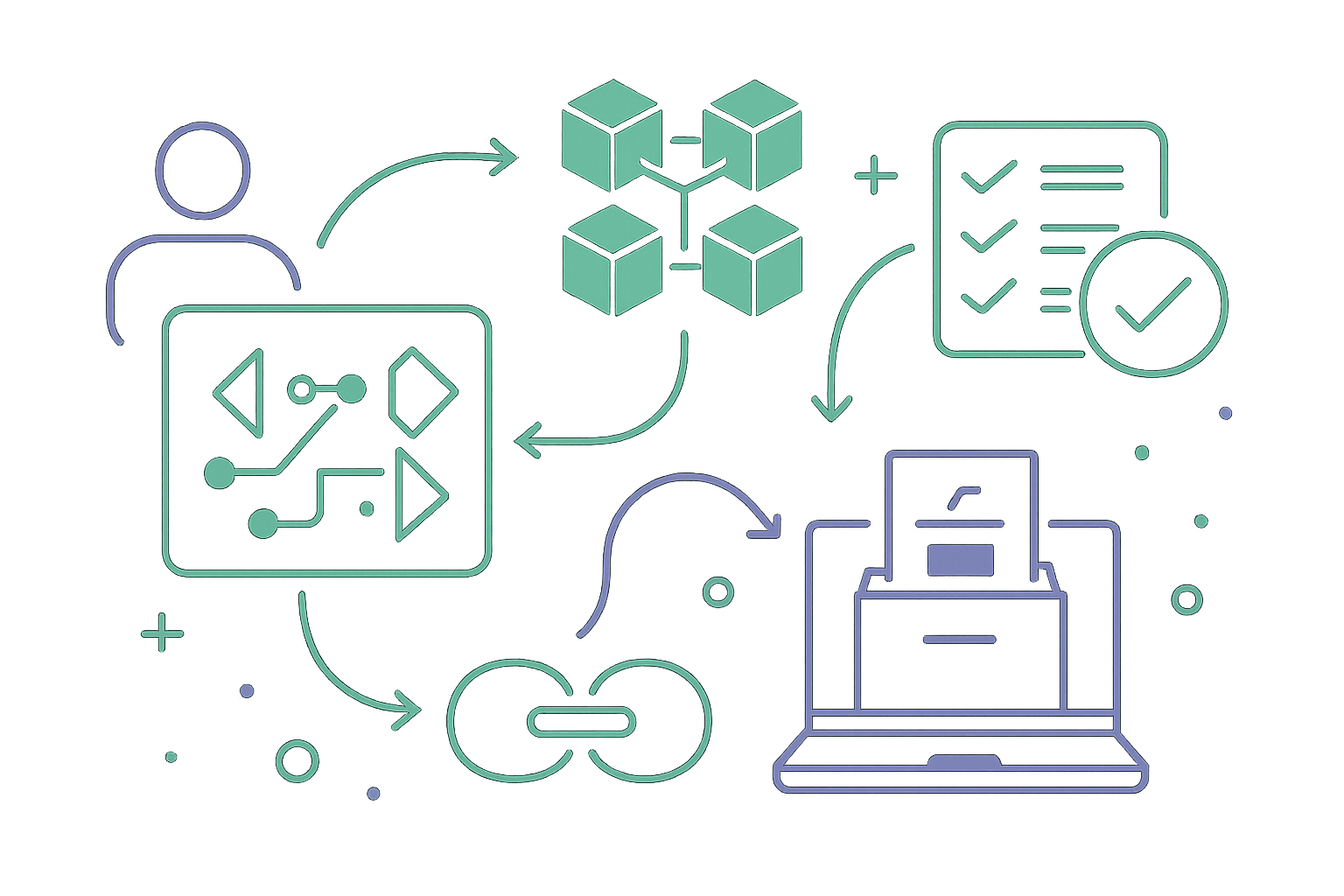How Blockchain Is Transforming Election Prediction Markets in 2025

Election prediction markets have exploded in 2025, with blockchain technology at the heart of this transformation. What was once a niche activity limited to academics and political junkies is now a mainstream financial instrument, attracting both retail bettors and institutional capital. This shift is rooted in blockchain’s ability to deliver transparency, security, and global accessibility, making election betting more trustworthy and efficient than ever before.

The New Era: Blockchain Election Prediction Markets Go Mainstream
Platforms like Polymarket and Kalshi have become household names for those trading on political outcomes. In September 2025, Polymarket’s strategic acquisition of QCEX, a CFTC-licensed derivatives exchange, was a regulatory breakthrough that brought it into the U. S. mainstream. This move not only signaled growing acceptance but also attracted major institutional backing. For instance, Intercontinental Exchange (ICE), parent company of the New York Stock Exchange, invested up to $2 billion in Polymarket, underscoring the legitimacy and future potential of blockchain election prediction markets.
This influx of capital has helped platforms scale rapidly while maintaining rock-solid security through decentralized smart contracts. Every transaction is recorded on-chain, immutable and auditable, making market manipulation nearly impossible. The result? Users can trust that their bets are settled fairly and instantly after election results are confirmed.
Regulatory Shifts Fuel Market Growth
The regulatory landscape has shifted dramatically in 2025. The U. S. Securities and Exchange Commission (SEC) announced sweeping plans to modernize capital market regulations for crypto assets. These reforms include clear frameworks for tokenized financial products and new disclosure requirements for prediction markets operating on blockchain infrastructure.
This clarity has emboldened both entrepreneurs and legacy finance players to enter the space. Kalshi expanded its offerings to cover elections from Australia to Ecuador, reflecting surging demand for decentralized election betting beyond U. S. borders.
Technological Innovations Drive Efficiency and User Experience
The technical backbone of these platforms is evolving quickly. Advanced models like the logit jump-diffusion framework now underpin pricing engines, offering traders reliability akin to Black-Scholes in options markets, a true milestone for prediction market crypto 2025. At the same time, interoperability is improving: OutcomeMarket by Wintermute lets users trade U. S. election tokens such as HARRIS or TRUMP across multiple blockchains without bridging assets.
User engagement remains robust even after the fever pitch of the 2024 presidential race subsided, Polymarket alone reported over $1 billion in trades per month with daily active accounts ranging from 20,000 to 30,000 well into 2025.
Key Features Powering Blockchain Election Markets:
- Tamper-resistant smart contracts: Eliminate centralized manipulation risks.
- Instant payouts: Fast settlements upon official result confirmation.
- Pseudonymous access: Lower barriers for global participants while maintaining compliance where required.
- Sophisticated pricing models: Standardized frameworks boost trader confidence.
- Diverse event coverage: From national elections to local races worldwide.
These advances have not only increased trust but also broadened the demographic of users. Crypto-native traders, traditional finance professionals, and even casual political observers are now active participants. With platforms integrating features like real-time odds, transparent trade histories, and on-chain proof of reserves, even skeptics are finding fewer reasons to sit on the sidelines.
Perhaps most notable is the way blockchain prediction markets have democratized access to election forecasting. In previous cycles, only a handful of pollsters and pundits shaped the narrative. Now, millions can express their views directly through market trades, creating a decentralized consensus that often rivals or surpasses traditional polling in predictive accuracy.
Mainstream Integration and Cultural Impact
The cultural reach of blockchain election markets has expanded rapidly in 2025. Major tech companies are taking notice: Google’s Finance platform now integrates odds from Kalshi and Polymarket directly into search results for high-profile races. This mainstream visibility both legitimizes prediction markets and introduces them to broader audiences who may never have interacted with crypto before.
Meanwhile, media coverage is evolving. Outlets increasingly reference market probabilities alongside traditional polls, while new entrants like Trump Media and Technology Group are launching their own prediction services for Truth Social users, further blurring the lines between social conversation and financial speculation. For many political followers, trading on outcomes has become as routine as reading campaign news or following polls.
Challenges Ahead: Regulatory Uncertainty and Global Expansion
Despite this momentum, the space faces ongoing challenges. Regulatory clarity remains a work in progress: state-level lawsuits against some platforms could set precedents for how decentralized election betting is treated under U. S. law. International expansion also brings complexity, each jurisdiction has unique requirements around gambling, data privacy, and financial compliance.
Yet these hurdles are being addressed head-on by industry leaders working with regulators to establish best practices that balance innovation with consumer protection. The trend line is clear: as frameworks mature, global participation will only increase, and so will market liquidity and forecasting power.
What’s Next for Blockchain Election Prediction Markets?
Looking ahead to 2026 and beyond, expect further convergence between blockchain prediction markets and mainstream financial infrastructure. Tokenization of event contracts could unlock new hedging tools for investors exposed to geopolitical risk; AI-driven analytics will likely enhance both liquidity provision and user experience; decentralized identity solutions may further streamline compliance without sacrificing privacy.
For those seeking an edge in political forecasting, or simply a fairer way to bet on world events, blockchain-powered platforms have set a new standard for transparency and efficiency in secure political betting blockchain. As institutional investment grows alongside retail adoption, election prediction markets are poised to become a permanent fixture at the intersection of finance, technology, and democracy.






